Once Upon a Time...
A Treasury of Classic Fairy Tale Illustrations
T his enchanting gallery transports viewers to a fairy tale worldan ageless fantasy realm inhabited by characters from favorite folktales and depicted by renowned artists. Lovingly reproduced from rare early editions, more than 180 illustrations portray scenes from stories by the Brothers Grimm, Hans Christian Andersen, and other sources, such as ancient Celtic and Norse legends. Breathtaking art, dating from 1867 to 1923, captures the genius of 23 period illustrators, including Arthur Rackham, Gustave Dor, Edmund Dulac, Kay Nielsen, Warwick Goble, and Walter Crane.
Among the imaginative interpretations are vignettes from Sleeping Beauty, Cinderella, Rumpelstiltskin, Puss in Boots, The Snow Queen, and scores of other familiar and lesser-known tales. The illustrations, many of which are brilliantly colored, full-page images, appear with a caption that includes the artists name, the story from which its drawn, and a descriptive line or direct quotation from the tale. Book lovers of all ages will rejoice in this treasury and its happy marriage of fine art and fairy tales.
Dover (2008) original publication.
192pp. 8 11. Paperbound.
11. Paperbound.
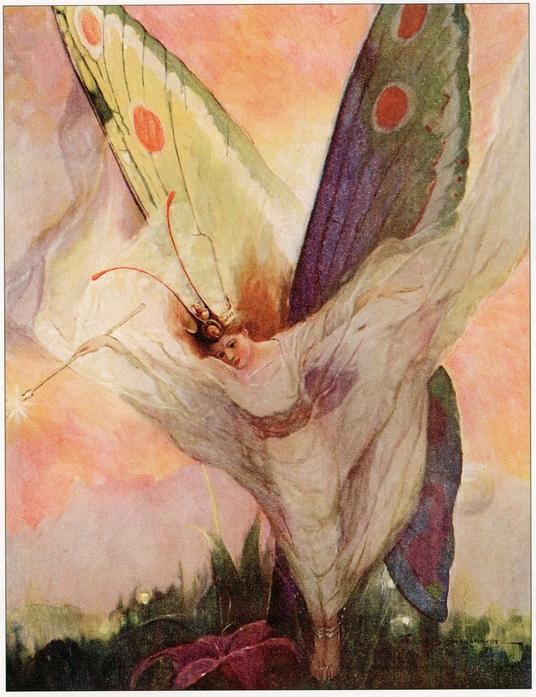
Frontispiece
Cover plate from Hans Andersens Fairy Tales and Wonder Stories
FRANK SCHOONOVER, 1914

Copyright
Copyright 2008 by Jeff A. Menges
All rights reserved.
Bibliographical Note
This Dover edition, first published in 2008, is an original compilation of illustrations from the following sources: Elenore Abbott, Grimms Fairy Tales (Charles Scribners Sons, New York, 1920) and The Wild Swans and Other Stories (George W. Jacobs & Company, Philadelphia, 1922); Mabel Lucie Attwell, Hans Andersens Fairy Tales (Raphael Tuck & Sons, Ltd., London and New York, 1914); A. Duncan Carse, Hans Andersens Fairy Tales (Adam and Charles Black, London, 1912); Harry Clarke, Fairy Tales from Hans Andersen (Harrap, London, 1916); Herbert Cole, Fairy-Gold, A Book of Old English Fairy Tales (J. M. Dent & Sons, Ltd., London, 1906); Walter Crane, Household Stories by the Brothers Grimm (Macmillan and Co., New York, 1882) and Goody Two Shoes Picture Book (George Routledge and Sons, London and New York, 1901); Gustave Dor, Les Contes de Perrault (J. Hetzel, Libraire-Editeur, Paris, 1867); Edmund Dulac, The Sleeping Beauty and Other Fairy Tales (Hodder & Stoughton, Ltd., 1911) and Stories from Hans Andersen (Hodder & Stoughton, Ltd., London, 1912); Charles Folkard, Grimms Fairy Tales (A. & C. Black, London, 1911); H. J. Ford, The Green Fairy Book (Longmans & Company, London, 1892), The Book of Romance (Longmans, 1903), The Crimson Fairy Book (Longmans, 1903), The Brown Fairy Book (Longmans, 1904), and The Red Book of Romance (Longmans, 1905); Warwick Goble, The Fairy Book, The Best Popular Stories Selected and Rendered Anew (Macmillan and Co., Ltd., London, 1913); Reginald Knowles, Norse Fairy Tales (S. T. Freemantle, London, 1910); Kay Nielsen, East of the Sun and West of the Moon (Hodder & Stoughton, London, 1914) and In Powder and Crinoline (Hodder & Stoughton, London, 1913); Noel Pocock, Grimms Fairy Tales (Hodder & Stoughton, New York, n.d.); Arthur Rackham, The Allies Fairy Book (William Heinemann, London, 1916), English Fairy Tales (Macmillan and Co., Ltd., London, 1918), Snowdrop and Other Tales by the Brothers Grimm (Constable & Co., London, 1920), and Hansel and Grethel and Other Tales by the Brothers Grimm (Constable & Co., London, 1920); Louis Rhead, Hans Andersens Fairy Tales and Wonder Stories (Harper & Bros., New York and London, 1914); William Heath Robinson, Hans Andersens Fairy Tales (Constable & Co., London, 1913); Charles Robinson, The Happy Prince and Other Tales by Oscar Wilde (Duckworth & Co., London, 1913); Frank Schoonover, Hans Andersens Fairy Tales and Wonder Stories (Harper & Brothers, New York and London, 1914); Helen Stratton, The Fairy Tales of Hans Christian Andersen (Truslove, Hanson & Comba, Ltd., London, 1899); Hans Tegner, Fairy Tales and Stories by Hans Christian Andersen (The Century Co., New York, 1900); Gustaf Tenggren, DAulnoys Fairy Tales (David McKay Company, Philadelphia, 1923); and Milo Winter, Hans Andersens Fairy Tales, (Rand McNally & Company, Chicago, 1916).
Library of Congress Cataloging-in-Publication Data
Once upon a timea treasury of classic fairy tale illustrations / selected and edited by Jeff A. Menges. p. cm.
9780486134369
ISBN- 10: 0-486-46830-5
1. Fairy talesIllustrations. 2. Childrens literatureillustrations. 3. Illustrated childrens books. I. Menges, Jeff A.
NC965.7.F35053 2008
741.642dc22
2008037654
Manufactured in the United States of America Dover Publications, Inc., 31 East 2nd Street, Mineola, N.Y. 11501
Table of Contents
To Natalie Grace
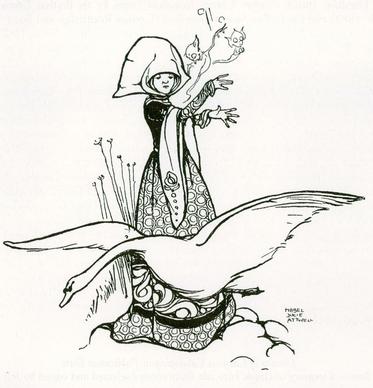
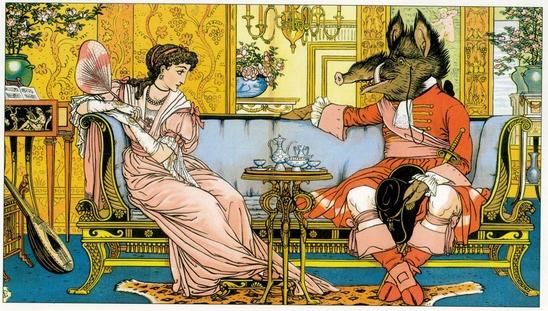
Beauty and the Beast
Beauty and the Beast, Goody Two Shoes Picture Book
WALTER CRANE, 1901
Introduction
F airy talespopular the world overare stories of extraordinary events whose purpose is to both entertain, and educate, the young and young-at-heart. Often, a tale concludes with a moral, or offers a life-lesson, giving some added value to an elder who takes the time to share the tale with a young one. Nothing is more valuable, however, to the appreciation of a fairy tale than illustrations: although reading to a child about a cavern filled with sparkling riches or a magicians robe embroidered with magical patterns, oras seen on these very pagesa beast dressed in princely garments sets the mind to imagining, showing that same reader (or listener) a well-rendered image further pushes the mind to create its own scenes of the tale. Illustrations also produce the effect of involvement. Standing outside of a scene, but being able to observe its details, makes the reader a witness as well. Illustration has always been an important component of books, beginning with the earliest forms of manuscripts. In the books being produced today, there is no place where illustration is stronger than in tales of the imagination. And within this genre, no story holds a broader appeal than a fairy tale.

ah! what a fright you have given me! she murmured
Beauty and the Beast, The Sleeping Beauty and Other Tales
EDMUND DULAC, 1910
At the turn of the last century, when full-color printing was a novel phenomenon and reading was one of the most readily available and affordable forms of entertainment, large publishing houses created the gift-book. Most of the illustrations in this volume come from such books. Gift-books were large, extravagantly produced volumes possessing large numbers of color illustrations, usually printed on separate plates that were hand-tipped to the text stock. These volumes became something to look forward to at the holidays, and by the time that the first decade of the twentieth century was over, nearly every major publisher was producing its prized title in a gift-book edition. The best illustrators were, in fact, commodities prized by each publishing housepublishers became aware that the buying public would eagerly await the next book from their favorite illustrator.
Next page
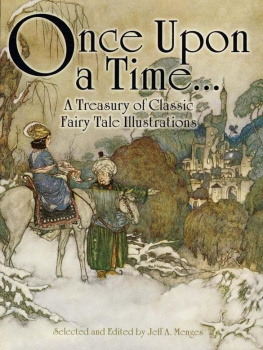
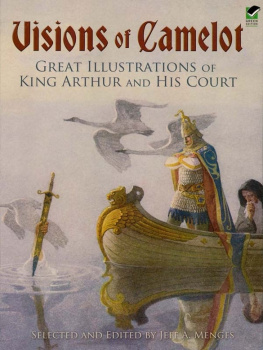

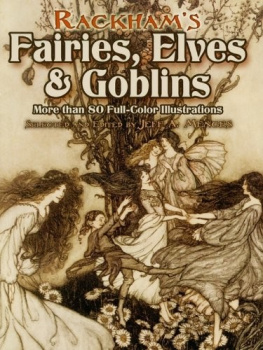





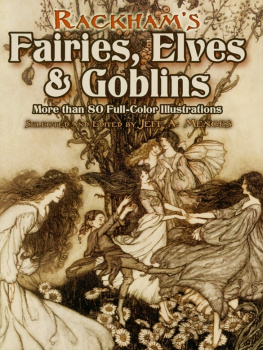
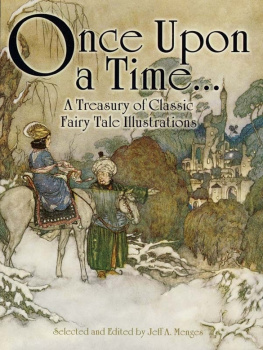
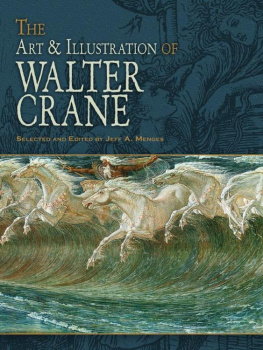
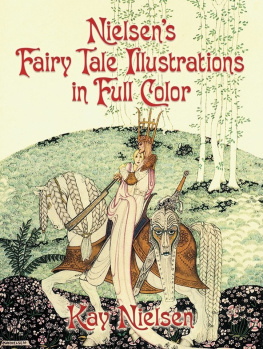
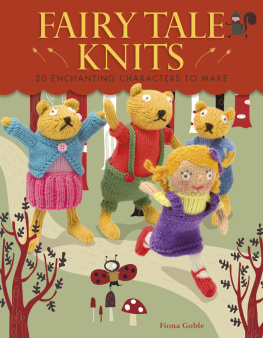
 11. Paperbound.
11. Paperbound.



